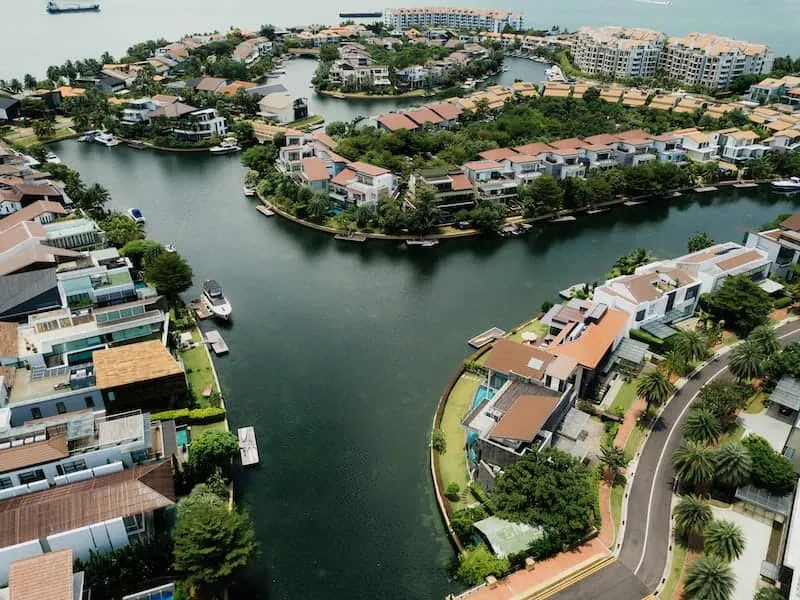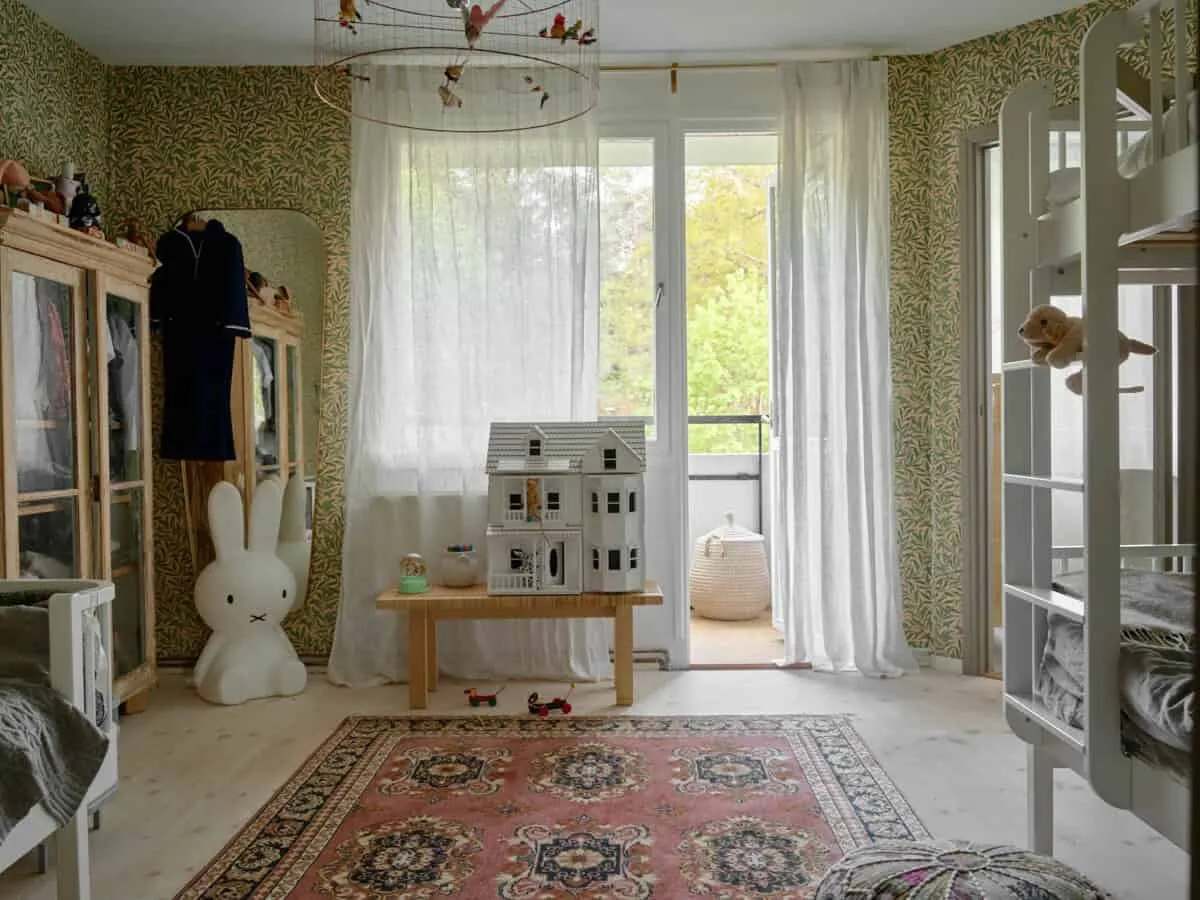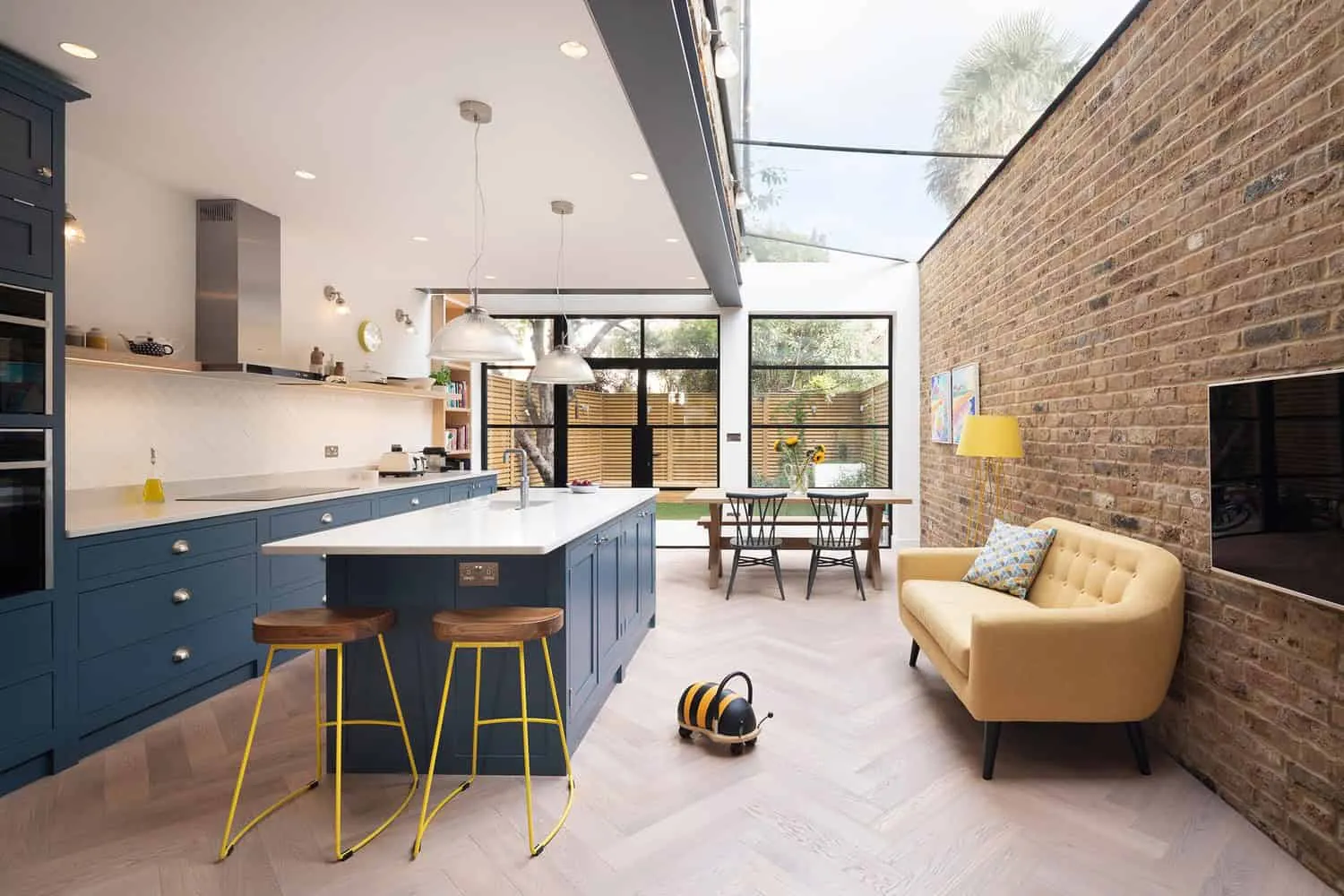There can be your advertisement
300x150
Coastal Architecture and Sustainable Development: Innovations for Resilience
Climate change remains a significant issue affecting the planet, and coastal areas are increasingly facing the consequences of this impact. Rising sea levels, frequent storms, and erosion present serious challenges.
The IPCC 2023 Climate Change Report highlights the severity of anthropogenic global warming, which has caused a 1.1-degree Celsius increase in temperature. This warming has led to unprecedented changes in Earth's climate. Each additional 0.5 degrees Celsius of global temperature rise significantly intensifies the frequency and intensity of extreme weather events.

A critical issue architects must address is climate change.
The construction sector, including architecture, significantly contributes to global greenhouse gas emissions. Buildings account for 39 percent of annual global emissions, with 11 percent attributed to construction and 28 percent to building operations. This is particularly concerning given the expected growth in urban populations and the need for more buildings in the coming decades.
So, what can architects do to mitigate these risks?
Tips for Implementing Sustainable Design in Coastal Architecture
Homes in coastal zones will experience the most obvious impacts of climate change. Here are several ways to ensure sustainable home construction:
Use Eco-Friendly Building Materials
Sustainability in coastal architecture begins with material selection. Environmentally friendly options such as recycled plastic materials, sustainably grown timber, and corrosion-resistant metals are priorities. These materials provide durability in harsh saltwater conditions while minimizing environmental impact.
Even structures like piers are beginning to use more sustainable materials. However, this doesn't mean sacrificing style for functionality. It would be great to build a pier with a second level? Creating such a level allows the home to be both functional and stylish.
Follow Innovative Construction Methods
Construction methods in coastal projects are adapted to reduce environmental impact. Technologies that limit soil erosion, protect marine life, and lower carbon emissions during construction are becoming standard practice. Innovative construction methods can significantly reduce the ecological footprint of coastal development.
Integrate Energy-Efficient and Renewable Energy Sources
Coastal architecture increasingly incorporates energy-efficient designs and renewable energy sources. For example, buildings can maximize natural lighting and ventilation to reduce reliance on artificial climate control. Solar panels and wind turbines are also integrated into projects, ensuring the building's energy independence.
How to Adapt Coastal Structures to Climate Change
The projects and structures we create must withstand new ecological loads while positively impacting surrounding ecosystems. Here is how we can adapt:
Build Flood-Resistant and Elevated Structures
In response to rising sea levels, architects design buildings with elevated foundations and flood-resistant features. This approach protects the structure while ensuring functionality during tides and storms. Floating buildings are also gaining popularity, offering a dynamic solution for fluctuating sea levels.
Account for Shore Erosion and Landscape Integration
Addressing shoreline erosion is a critical part of sustainable coastal architecture. Strategies such as natural buffer zones, artificial reefs, and integrated coastal defenses are used to protect the shoreline. These solutions combat erosion, enhance the natural landscape, and support local ecosystems.
Create Adaptive and Responsive Design
Responsive design is crucial in the dynamic environment of coastal zones. Buildings and structures must adapt to changing conditions—from adjustable foundations to modular components that can be reconfigured.
Even auxiliary elements should be designed with adaptability in mind, sometimes including multi-level structures for varying water levels.
Integrating Human Activity with Environmental Conservation
Balancing human activity and environmental conservation is a central challenge in modern architecture, particularly in coastal zones. Therefore, architects must focus on designing structures that serve human needs while respecting ecological systems.
Eco-Tourism and Community Engagement
Sustainable coastal architecture plays a vital role in promoting eco-tourism. Creating environmentally conscious and aesthetically pleasing spaces fosters a deeper respect for natural environments. Community-focused projects also encourage local engagement and care.
Protecting and Enhancing Marine Biodiversity
An important aspect of coastal architecture is its impact on marine biodiversity. Projects that include artificial habitats and non-toxic materials contribute to the health of coastal ecosystems.
The Future of Homes in a Climate Uncertain World
Protecting coastal structures from future climate changes is a fundamental principle of sustainable architecture in these regions. This includes designing scenarios such as higher sea levels, increased storm frequency, and other climate changes. The goal is to create structures that not only survive but thrive under future climatic uncertainties.
Coastal architecture is at the forefront of the fight against climate change. This concept offers innovative, sustainable solutions that harmonize human habitation with the natural environment.
From modest piers to magnificent coastal resorts, every structure is a testament to the resilience and adaptability of modern design. They ensure that coastlines remain vibrant and sustainable for future generations.
More articles:
 Children's Room with Twin Beds for 3 Kids
Children's Room with Twin Beds for 3 Kids Chivalry Road by Sketch Architects in London, UK
Chivalry Road by Sketch Architects in London, UK Chung Experimental School | BAU Brearley Architects + Urbanists | Shanghai, China
Chung Experimental School | BAU Brearley Architects + Urbanists | Shanghai, China CHOOSE WALL COLORS THAT MATCH YOUR PERSONALITY
CHOOSE WALL COLORS THAT MATCH YOUR PERSONALITY Choose the Best Spot for a Coffee Corner in the Living Room
Choose the Best Spot for a Coffee Corner in the Living Room Choosing the Right Plant for Your Bathroom
Choosing the Right Plant for Your Bathroom Choose the Perfect Bedroom with Unique Style and Decor
Choose the Perfect Bedroom with Unique Style and Decor Choose Light Colors for Lighting Dark Rooms
Choose Light Colors for Lighting Dark Rooms